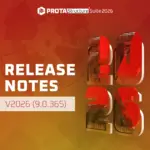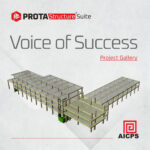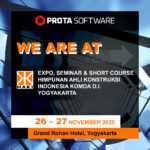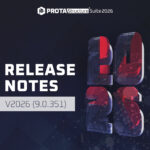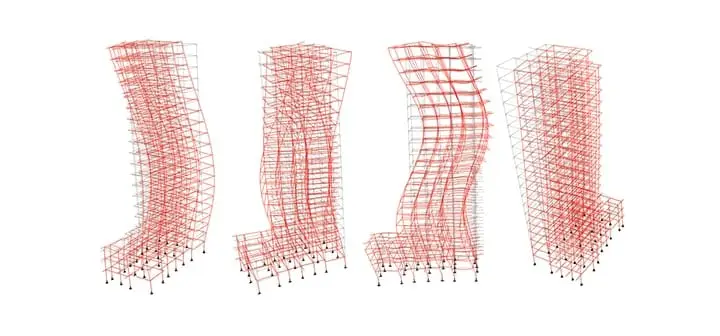
Results Sign Method for Response Spectrum Analysis
Summary
Understanding Result Signs in Response Spectrum Analysis
Response spectrum analysis (RSA) is a widely used method in structural engineering to evaluate the seismic performance of buildings and structures. However, interpreting the signs of the results after an RSA can be challenging. The positive or negative signs of forces, displacements, and reactions obtained from RSA do not necessarily indicate the direction of these quantities. Instead, these signs often result from mathematical conventions or modal combinations used in the analysis process.
This article explores the interpretation of result signs after RSA and discusses various options for working with these results effectively. Engineers must understand the implications of the sign convention to ensure accurate assessment and application of the analysis outcomes.
Key Considerations for Response Spectrum Analysis Result Signs
Modal Combination Methods:
- RSA results depend on the modal combination method, such as the Square Root of the Sum of Squares (SRSS) or Complete Quadratic Combination (CQC). These methods produce absolute values, and result signs may be assigned based on arbitrary conventions.
Physical Meaning of Signs:
- In most cases, the signs in RSA do not represent actual physical directions. Engineers must use judgment and supplementary analysis to interpret the results appropriately.
Post-Processing Options:
- ProtaStructure offers flexible post-processing tools to manage RSA results. Users can:
- Convert absolute values into signed quantities based on user-defined rules.
- Apply scaling factors to results for specific design scenarios.
- Generate comprehensive reports that clearly indicate the handling of result signs.
- ProtaStructure offers flexible post-processing tools to manage RSA results. Users can:
Real-World Applications of Response Spectrum Analysis
Response spectrum analysis is critical for designing earthquake-resistant structures. ProtaStructure’s advanced RSA tools have been applied in various real-world projects to evaluate and improve seismic performance. Visit our Project Gallery to explore these structures.
Additionally, browse Customer Success Stories to learn how engineers worldwide use ProtaStructure for reliable seismic analysis and efficient design. These success stories highlight the importance of accurate RSA interpretation in achieving safe and efficient structural solutions.
Why Proper Interpretation of RSA Results Matters
Understanding the nuances of result signs in response spectrum analysis ensures that designs are safe, reliable, and compliant with seismic codes. Misinterpretation can lead to design inefficiencies or even unsafe structures. By leveraging ProtaStructure’s post-processing tools, engineers can confidently interpret and apply RSA results to their designs.


